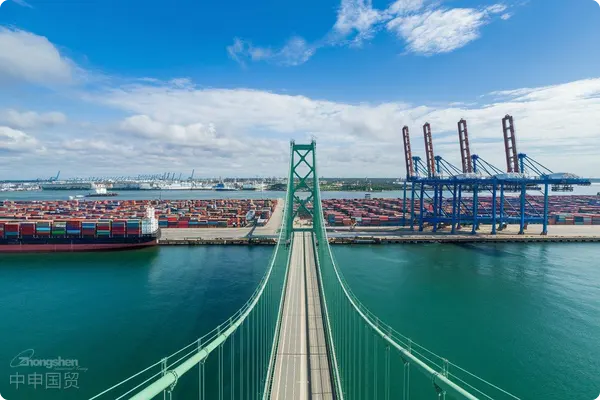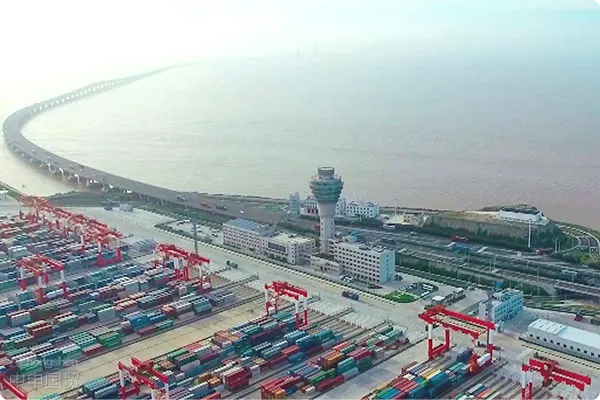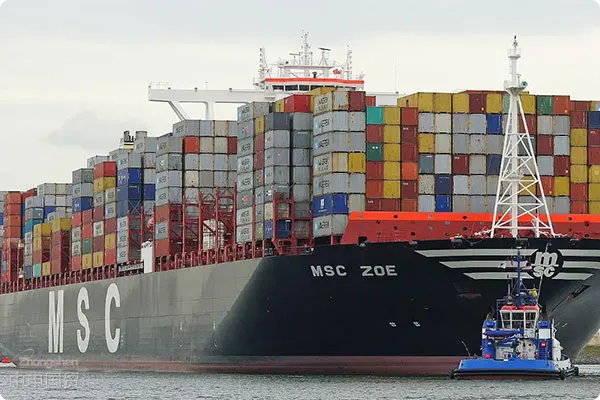- Shanghai Zhongshen International Trade Co., Ltd. - Two decades of trade agency expertise.
- Service Hotline: 139 1787 2118
Russian customs clearance can generally be divided into white clearance and gray clearance. White clearance refers to the normal entry method through Russian customs and is a logistics transportation method protected by Russian law. Gray clearance refers to goods with a destination address in China that have successfully passed Chinese customs, but if the goods need to clear Russian customs, due to the complex clearance process, some people may need to handle special procedures. When you request customs clearance, the customs clearance company performs the clearance, but the company profits from a series of procedures, unilaterally correcting product types and quantities, etc., resulting in exported goods being legal when imported from China but becoming illegal upon arrival in Russia.
However, although gray clearance is faster and less expensive than white clearance, it carries many risks. White clearance transportation methods typically include rail transport,Maritime Transportationcombined transport, sea freight,Air Transportationand delivery.
At the same time, customs clearance requires preparation of goods declaration forms, customs value declarations, licenses, and goods inspection certificates. Some goods require special permits,It is recommended to verify through the following methods:certificates, tariffs, and related documents.
Transporting fruits and plants weighing over 10 kg requires phytosanitary certificates. If goods are not prepared during customs clearance, they may be detained, returned, or destroyed. Flowers also require certificates (if no certificate is provided, no more than 3 bouquets with no more than 15 flowers each are allowed).
Chemicals are not allowed in transported goods. White and yellow powders are prohibited, and desiccants are not allowed. If it contains items that must be tested on-site to distinguish what they are, they will not be accepted. Tobacco products are prohibited, as are flammable and explosive products.
Related Recommendations
? 2025. All Rights Reserved. Shanghai ICP No. 2023007705-2  PSB Record: Shanghai No.31011502009912
PSB Record: Shanghai No.31011502009912










